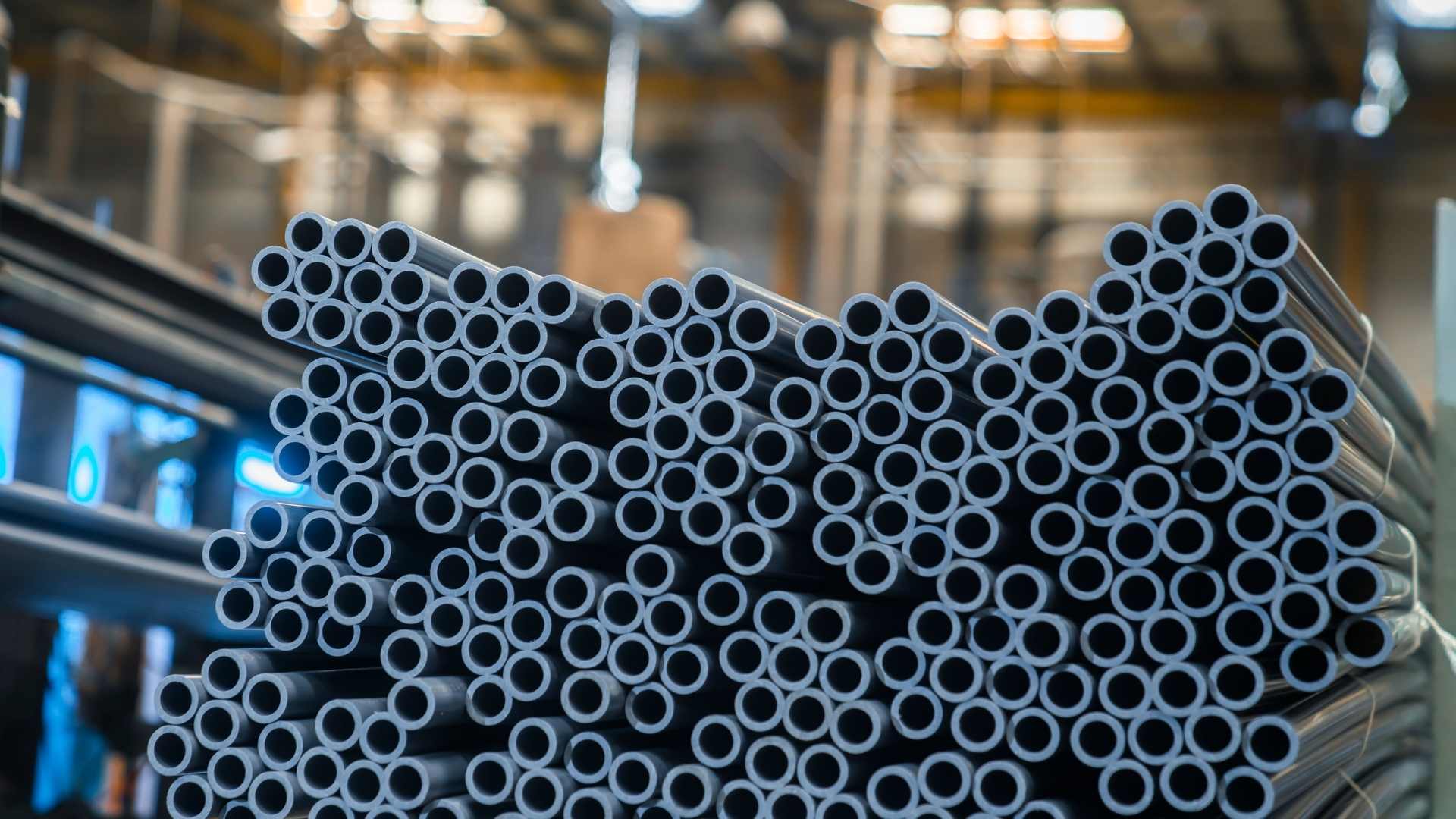Pressure Washer Safety Tips: How to Use a Pressure Washer Safely and Effectively
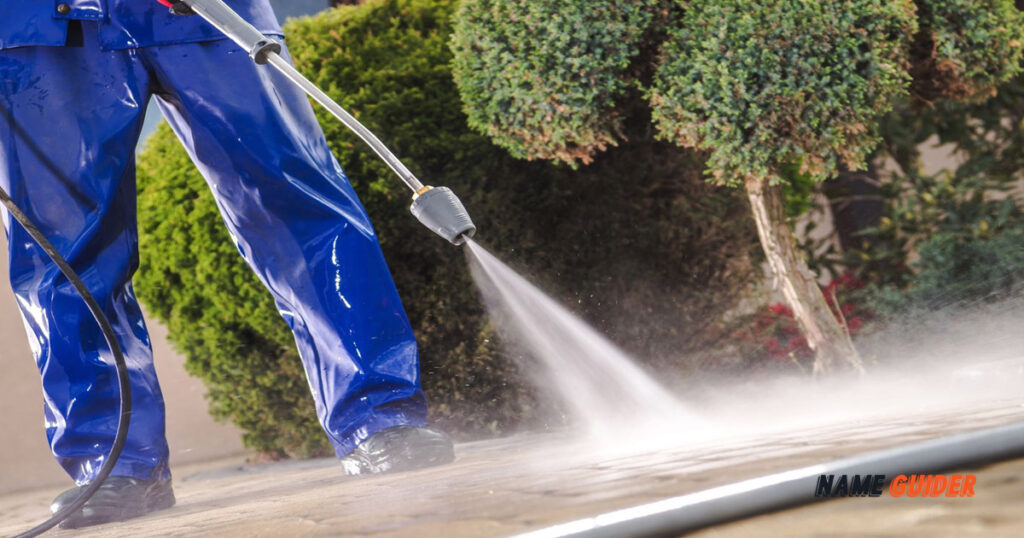 Rejuvenating your home's exterior with pressure washing is highly recommended. This method works well for cleaning siding, sidewalks, and other surfaces of dirt, grime, and debris. To prevent serious injury to yourself or damage to your house, you must take precautions. Although a power washer's pressure can vary, the majority of home pressure washers normally run between 1,300 and almost 3,000 pounds per square inch (PSI).
Rejuvenating your home's exterior with pressure washing is highly recommended. This method works well for cleaning siding, sidewalks, and other surfaces of dirt, grime, and debris. To prevent serious injury to yourself or damage to your house, you must take precautions. Although a power washer's pressure can vary, the majority of home pressure washers normally run between 1,300 and almost 3,000 pounds per square inch (PSI).
Nothing feels good than an algae-free gate, front yard or floors but losing a finger is definitely a big no for us. As you type in "pressure washer injury" in google or any browser you use, you'll definitely see so many incidents of mutilated, bruised or cuts in the hands of those who haven't read precautions about the pressure washer. To avoid these incidents to happen, we list down different preventive measures for you to safely use the pressure washer.
10 Precautions to take when using a Pressure Washer at home!
Make the space you want to wash clear.
 For your own safety, make sure the area you plan to pressure wash is empty. Take your time and remove everything completely before you begin. Take out all outdoor furniture, plant pots, and lawn decorations before cleaning the back porch. Make sure your vehicle—car, trailer, boat, etc.—is parked on the street while you clean the driveway. Check children's toys, packages, and large sticks, rocks, and other items.
For your own safety, make sure the area you plan to pressure wash is empty. Take your time and remove everything completely before you begin. Take out all outdoor furniture, plant pots, and lawn decorations before cleaning the back porch. Make sure your vehicle—car, trailer, boat, etc.—is parked on the street while you clean the driveway. Check children's toys, packages, and large sticks, rocks, and other items.
This is to safeguard the item's structural integrity as well as your safety. The strong stream of water has the ability to loop back and seriously injure you because it can bounce off some heavier objects. Moreover, the intense water pressure has the potential to break plant pots, dent cars, and harm furniture. You can prevent this from happening by keeping these items out of the way.
Put on protective gear.
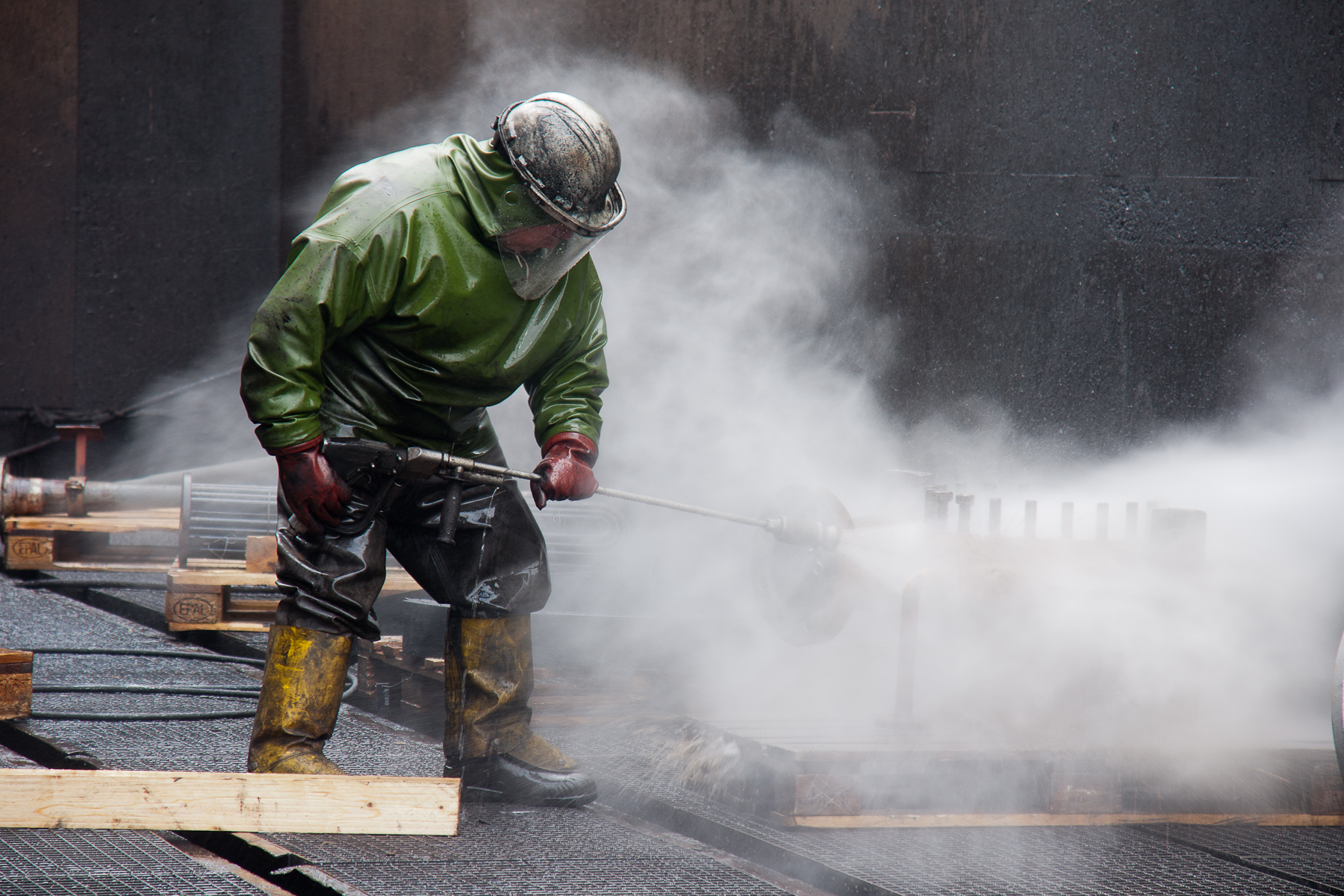
Wearing all of the safety gear may seem excessive, but it can actually save your life. When pressure washing, keep in mind that it's more than just "rinsing off the driveway." First and foremost, safety glasses or goggles are a must. This prevents grit and dust from blowing back into your eyes, where it could hurt or even scratch the cornea. Larger pebbles may occasionally fly back toward your face, further harming it. It is therefore preferable to be safe than sorry. Additionally, wear sturdy, non-slip footwear and gloves to safeguard your hands and feet.
Read the instructions carefully.

Before using a pressure washer, thoroughly read and understand the manufacturer's instructions provided in the manual. Familiarize yourself with the machine's features, controls, and safety guidelines. Each pressure washer model may have specific requirements and recommendations.
Inspect the Equipment.

Before each use, inspect the pressure washer for any signs of damage, such as leaks or worn parts. Check the hoses, nozzles, and connectors to ensure they are in good condition. If any issues are detected, address them before starting the machine.
Make a plan and give the pressure washer a test.
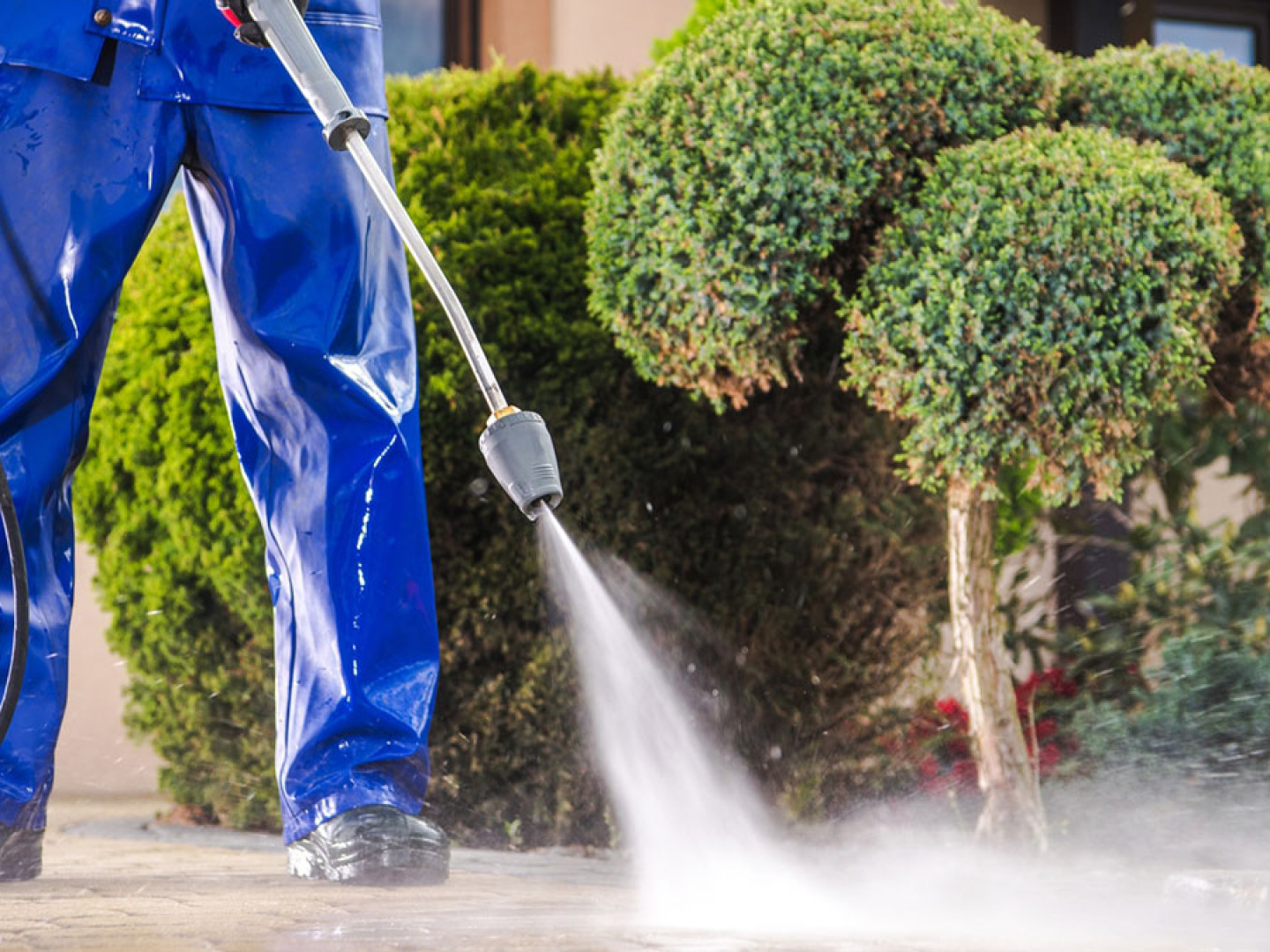
Make sure to give the machine a test run before beginning to clean any surfaces. This can be achieved by planning ahead before you start. Consider cleaning a small area first, armed with the knowledge from the manual and the appropriate protective clothing. For instance, you may choose to spray one siding panel the entire length of the house, then pause to consider whether that was the best course of action. It's the same concept as navigating the deck or the driveway.
Select the appropriate pressure level.

There are variations in the spray intensity of certain pressure washers. Always start with the lowest setting that is feasible. By consulting the machine's manual, you can find out how to turn the stream down. You can take complete control of the device by starting with a gentle setting and then increasing the power. When turning on the hose, you don't want to trip over it or have it pull away from your hand. Your legs may get lacerations from the water pressure if you drop the hose while it's on. It would not be enjoyable.
Be Mindful of Surroundings.
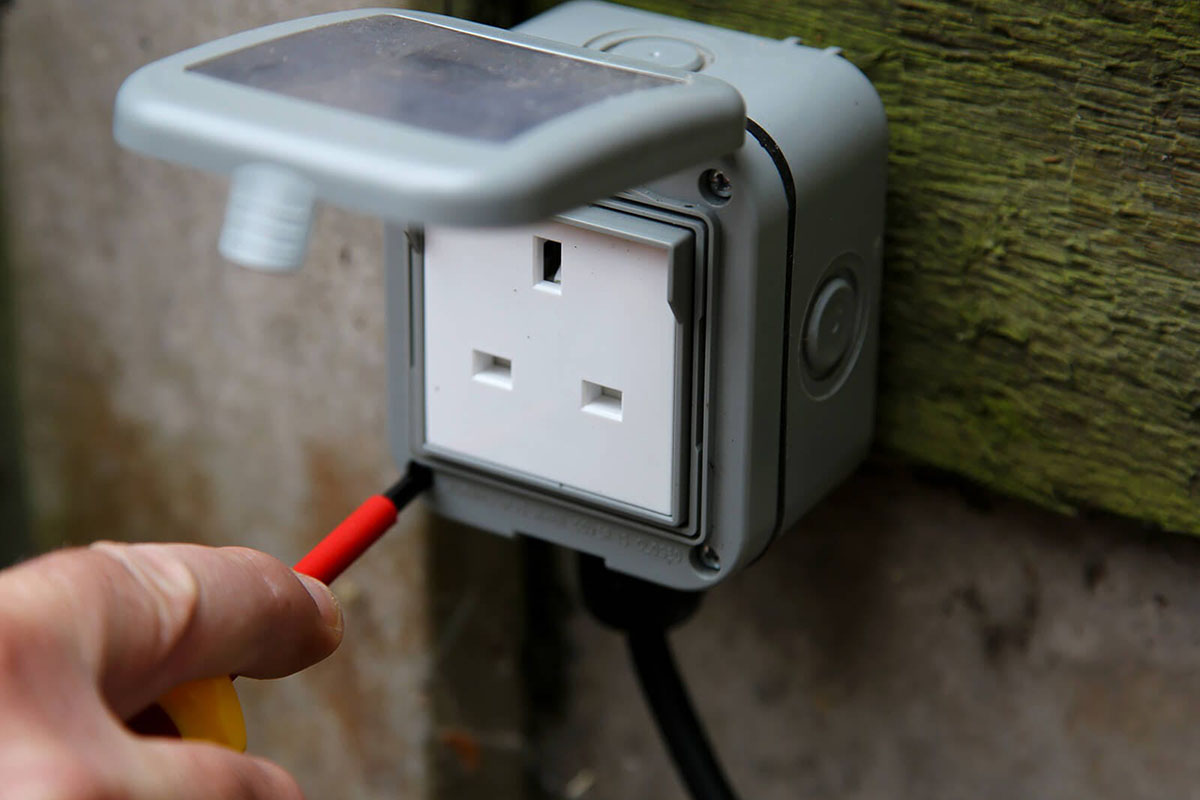
Turn off all power in the area where you intend to use the pressure washer to reduce the risk of electrical shock or electrocution. Because water is a good electrical conductor, it can be fatal to not prepare. This entails turning off the circuit breaker to the outlet or space where you'll work and unplugging appliances. To be safe, you should also keep the pressure washer away from appliances and electrical outlets to prevent unintentional spraying and to prevent wetness when you turn the appliances on again.
When pressure washing anything, never hold it.
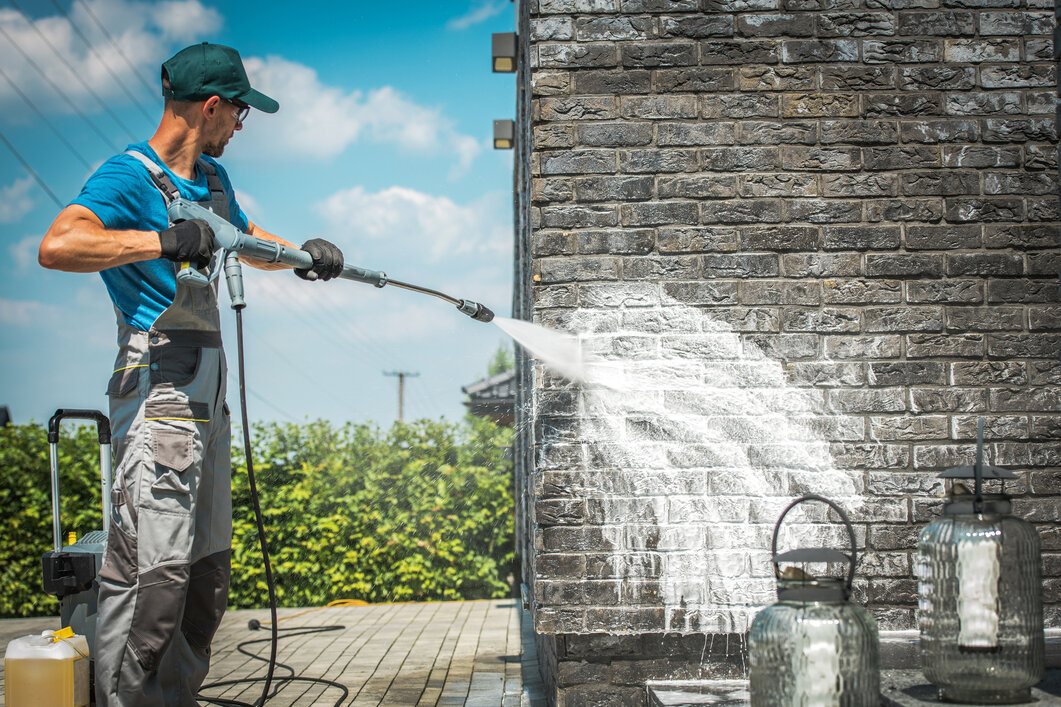
Before using the machine to clean an item, even if it is small, always lean it up against the side of your house or another stable structure. It is better to clean it by hand rather than using pressure washing if it is small enough that the stream of water moves it around excessively. Holding objects in the other hand creates an unstable environment because you need one hand free to operate the machine. It's quite possible to lose your balance and aim the water stream incorrectly. Unfortunately, the water's force is increased, and your hand injury is exacerbated because holding an object brings it much closer to the hose's base.
Turning off the machine should be done slowly.
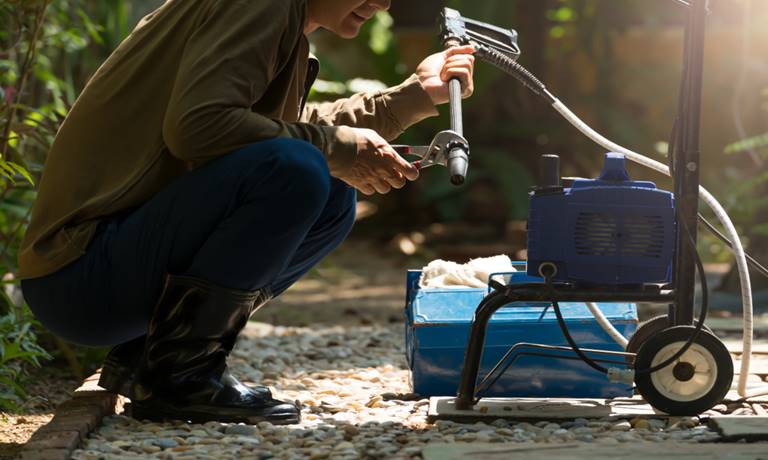
Even after using the machine for the last time, you still need to prioritize safety. You run the risk of hurting the next user if you don't properly shut down. Because pressure washers can retain water when turned off, just like ordinary water hoses can. The water pressure may build up if the machine is not properly turned off and the hose is not emptied, which could result in an unexpected burst or spray of water that could cause serious injury to someone.
Proper Storage
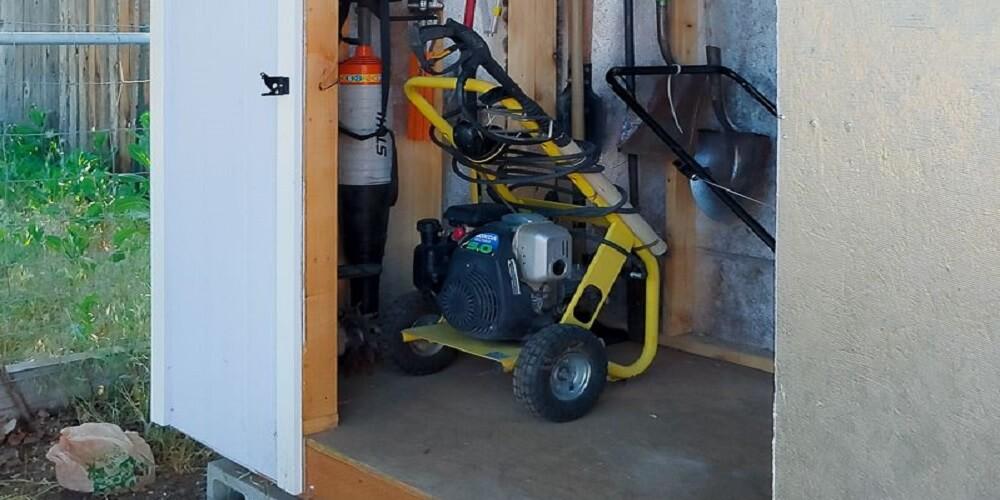
The pressure washer should be kept out of direct sunlight and in a cool, dry place. Observe the recommended storage practices listed in the handbook. This lowers the chance of accidents and prolongs the equipment's lifespan.
Incorporating these safety precautions into your pressure washing routine is essential for preventing injuries and ensuring a smooth cleaning process. Always prioritize safety by being aware of your surroundings, using the right protective gear, and following the manufacturer's guidelines. By taking these steps, you can harness the power of a pressure washer effectively while minimizing the risk of accidents and injuries.
-------------------------------------------------------------------------------
For inquiries contact us thru:
Email: inquiry@buildeee.com
Phone: 0992-347-4372
Interested in applying a Loan? Visit us via:
Let's get connected!
Facebook: www.facebook.com/buildeee
Instagram: www.instagram.com/buildeee
TikTok: www.tiktok.com/buildeee
Twitter: www.twitter.com/@buildeeepro
LinkedIn: www.linkedin.com/buildeee
- #safety tips
- #pressure washer
- #advice
- #pressure washer injuries
- #injury prevention




